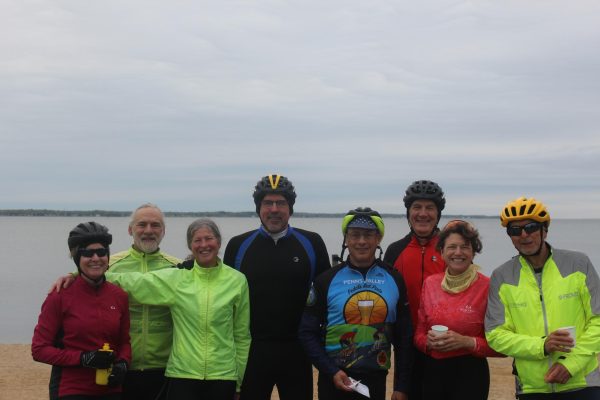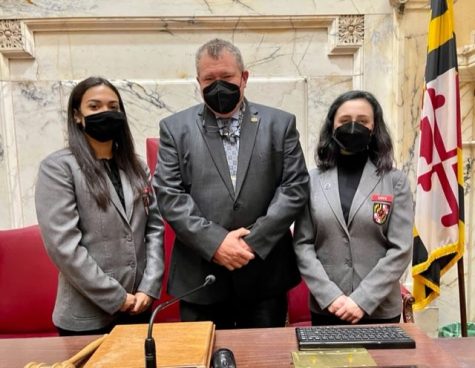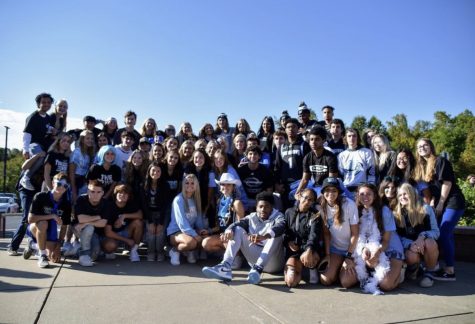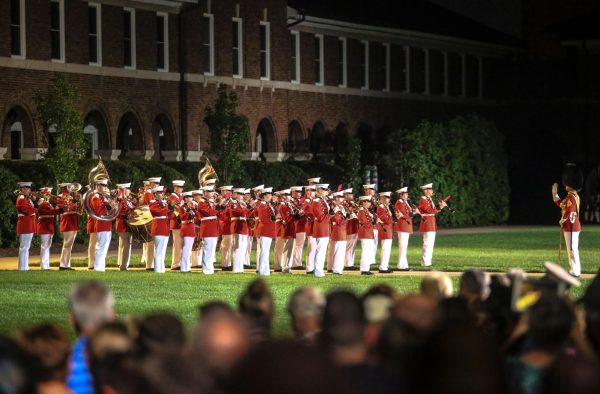We Built This County
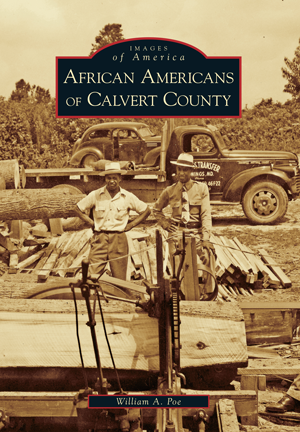
“They didn’t have the train and the only transportation was by steamship and so they had to get on the steamship, but on the bay side, early in the morning, like six, seven o’clock in the morning, and then the black people were packed down to the bottom of the cargo ships with the animals and the cargo, whatever is being shipped to Baltimore, of course, the white people were up at the top of the ship in the sun comfort, and then that ship would go across the bay to the Eastern Shore and they’d do the same thing.” This was Michael Kent explaining what it was like for his father and grandfather growing up in Maryland. Since February is Black History month, I wanted to excavate the footprint that African Americans have left on Calvert County.
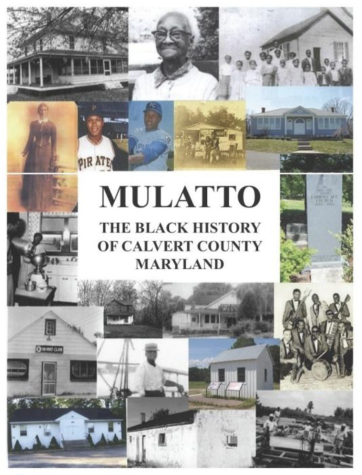
During my research, I discovered these two books, African Americans of Calvert County and Mulatto: The Black History of Calvert County. These books were written by Calvert County historians, William Poe and Michael Kent. I sat down with them to discuss how Blacks have impacted Calvert County. But first, let’s get to know these two Calvert County historians.
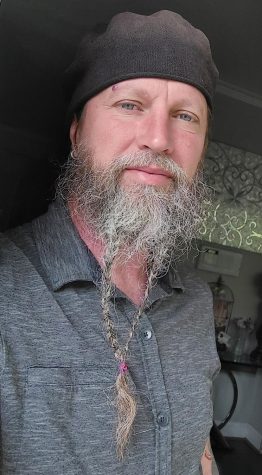
William (Billy) Poe has lived in Calvert County since he was ten years old. Immediately, the Calvert County culture enthralled him. Coming from right outside of Washington, DC, the agricultural lifestyle of Calvert County was totally opposite of how he had lived before. He was also taken aback by how connected everyone was. At that time, there was more diversity in Calvert County.

As Michael Kent brought up, “Things have changed quite drastically from the old days…It was like 30% of the population was African American. Back during the time of slavery it was down to about 50% of the population and 1960; 40%,1970; and now we’re down to 14% of the population.” More on Mr. Kent: He was born and raised in Calvert County. Kent, himself, could be considered a prominent African American in Calvert County history. He joined the navy as a JAG officer and later became a lawyer. As a lawyer, he even had a case against Calvert County. As of now, he is the president of the Calvert County chapter of the NAACP.
There has been an astonishing amount of amazing African Americans who have made a monumental impact on the whole country who have gotten their start in Calvert County. Names like Harriet Elizabeth Brown are brought to the forefront. However, there are some others who may be less well known who were pioneers and trailblazers.
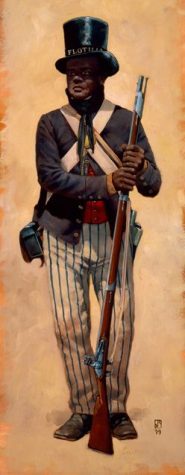
When talking with Mr. Poe, from his book, he highlights many Black Calvert County people who served in the military. One of which was none other than Michael Kent. Kent brought some names like Charles Ball who wrote one of the first slave journals and fought in the War of 1812.
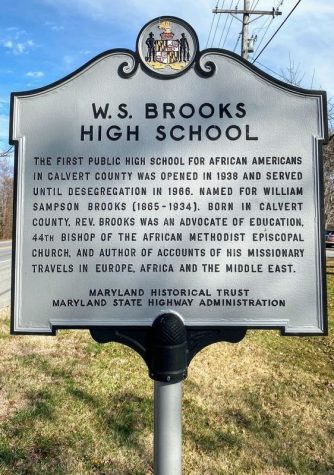
He also explained how William Sampson Brooks, Harriet Elizabeth Brown, and Mary Jackson all had integral roles in shaping the education and STEM fields for African Americans. William Sampson Brooks is the namesake of the old Brooks School which was the Black High School and now is the CCPS office.
Speaking of the Brooks School, Mary Jackson came to Calvert County to teach there but eventually found herself helping NASA with the Space Race. She is one of the three Black female mathematicians that did the calculations for the spacecraft launchings and was portrayed in the movie Hidden Figures.
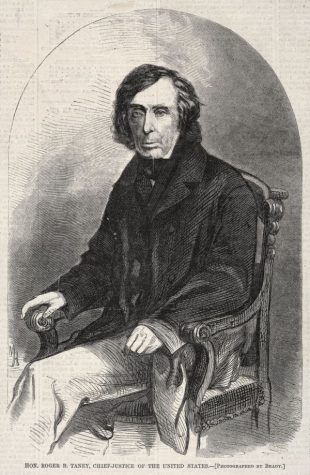
Even though Calvert County is the smallest county by land mass in Maryland, our County has been a surprisingly integral part in America’s history. In 1857, Roger Taney, a Calvert County native, was Chief Justice of the Supreme Court. In a very important case, he led the way in the Dred Scott decision which determined that Blacks were property and nothing more.
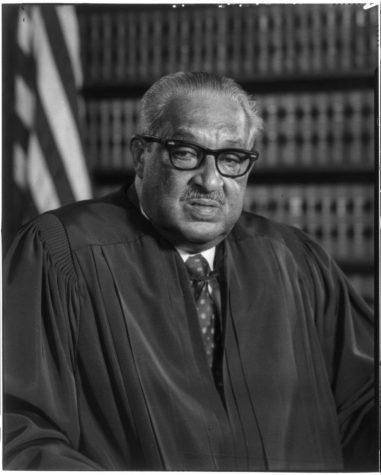
Interestingly enough, another case, Brown v. Board of Education had its roots in Calvert County. In this case, Thurgood Marshall was the lawyer advocating for racial discrimination to be abolished in public education. Prior to this, Thurgood Marshall helped Harriet Elizabeth Brown in pushing for better wages and rights for teachers.
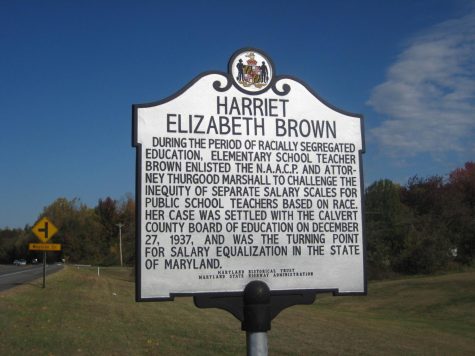
“A lot of the African American did farm, but they also had other jobs as well. You know, some brick layers, you know, carpenters, things like that.” The true African American impact can be derived from this quote provided by Mr. Poe: “Blacks were a part of everything that went on in making Calvert County what it is today.” Last but not least, reflect on this quote from Mr. Kent: “If you look around, the oldest buildings that are here, like Mount Hope Community Center, which was Mount Hope School, Mount Harmony School, Brooks School, the oldest buildings that are around were built by blacks…”
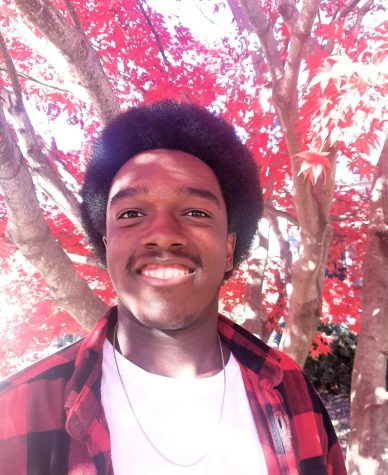
My name is Caleb Evans, and I am a senior. This is my third year with The Forecast/The Radar. I began as a copy editor for The Forecast my sophomore year,...

